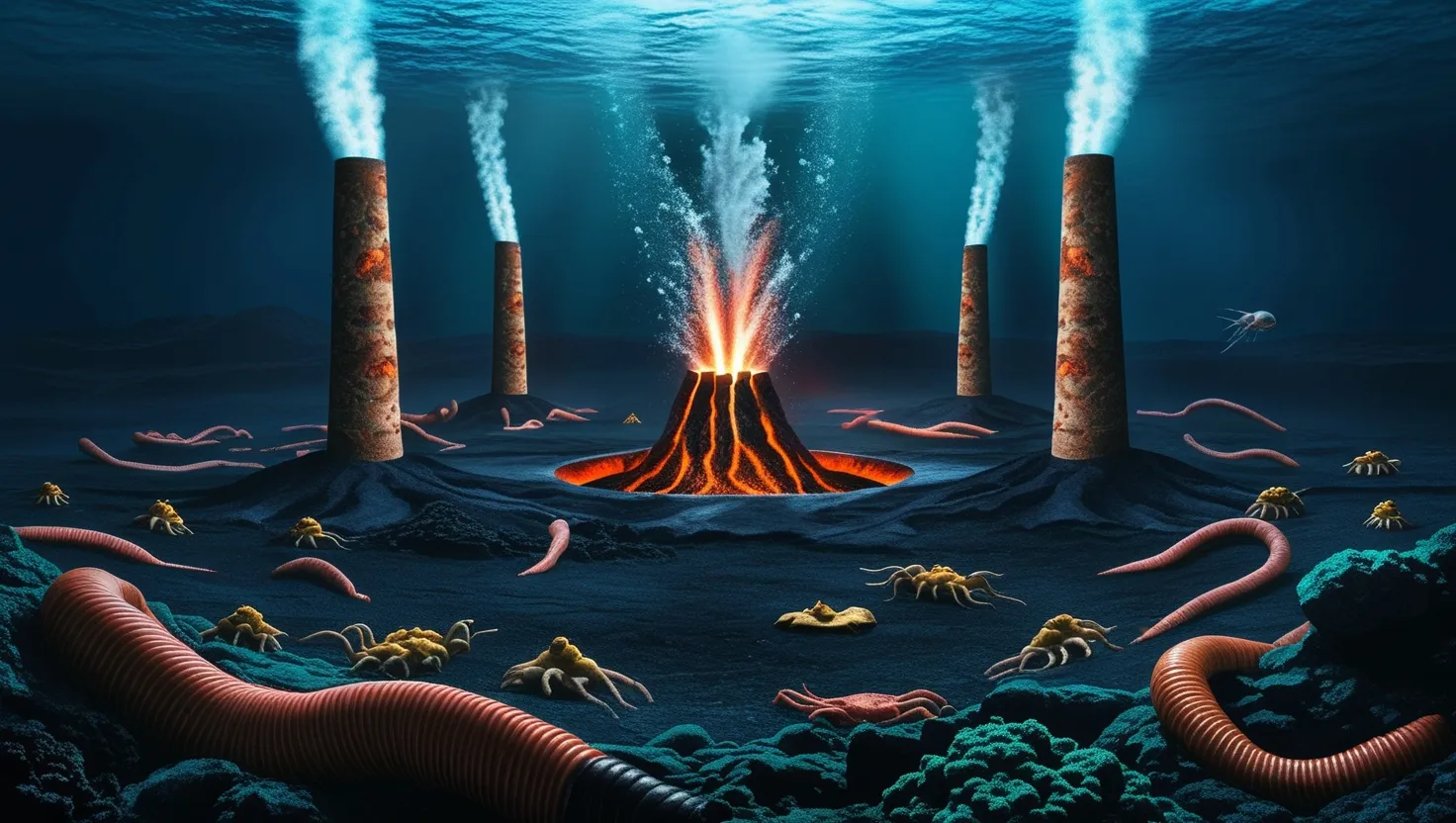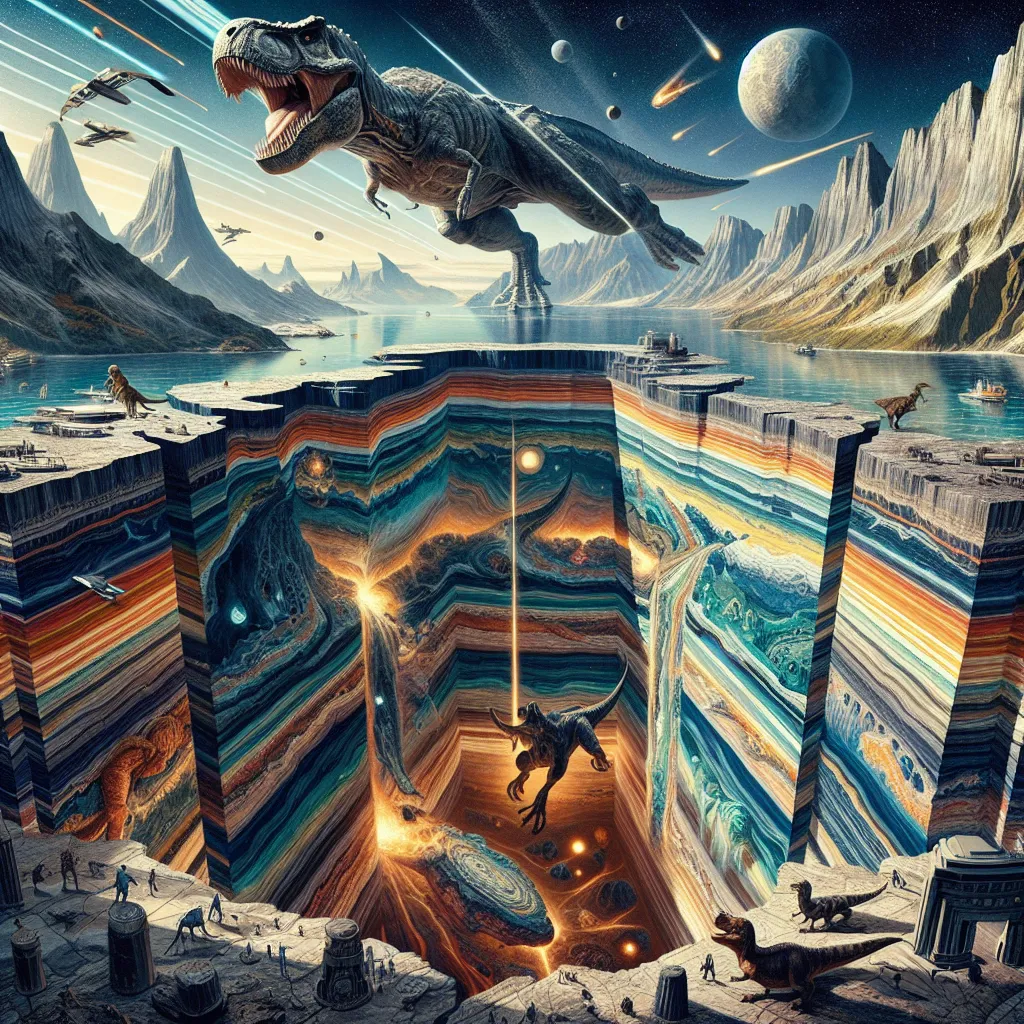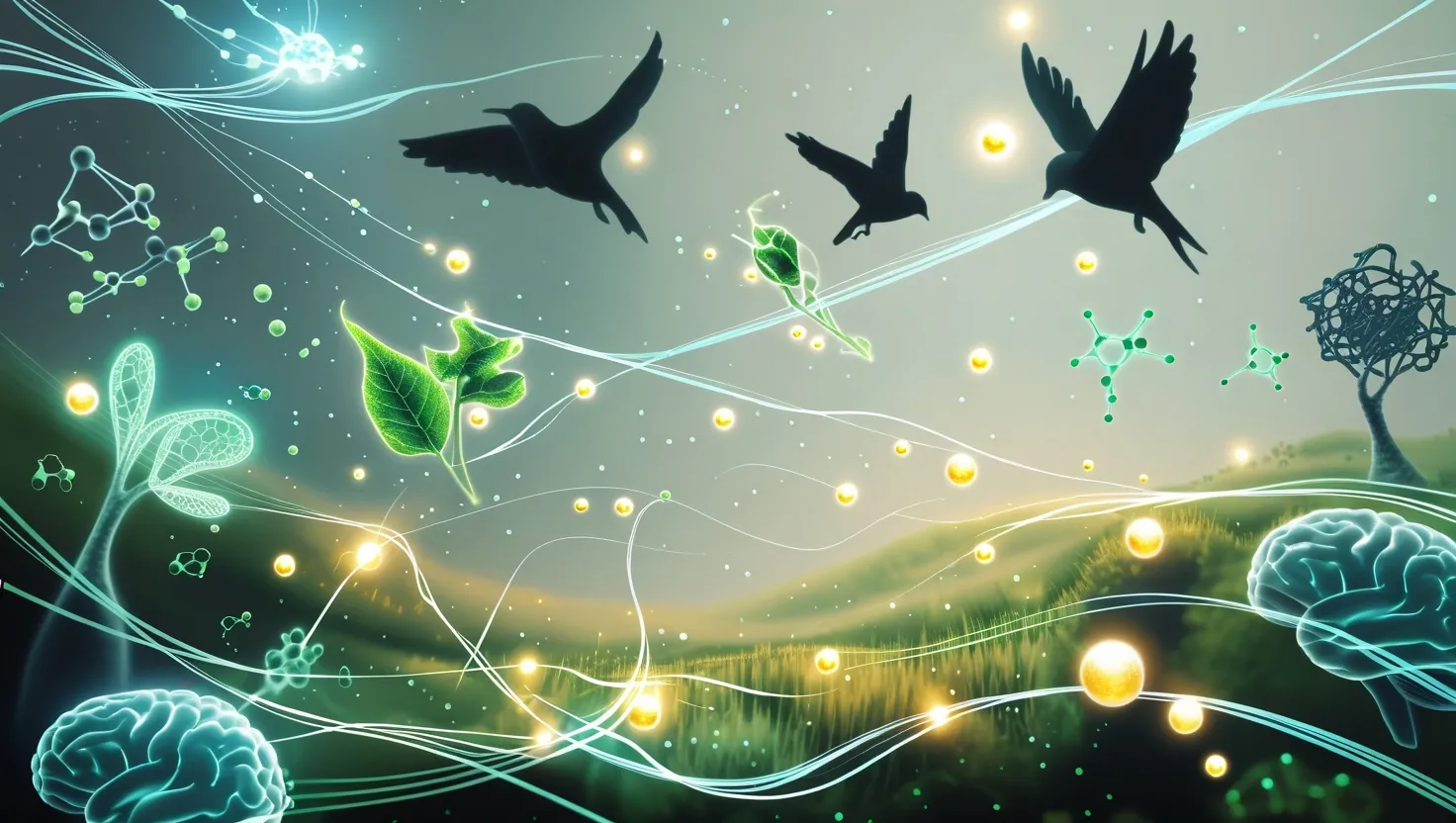6 Revolutionary Discoveries in Deep Ocean Hydrothermal Ecosystems
The ocean floor holds secrets that continue to amaze even the most seasoned scientists. Deep beneath the waves, in places where sunlight never reaches, life finds a way to thrive in conditions once thought impossible. These hydrothermal ecosystems represent some of the most extreme environments on our planet, yet they pulse with life in ways that challenge our fundamental understanding of biology.
The story of hydrothermal vents begins in 1977 when scientists made a groundbreaking discovery near the Galapagos Islands. While exploring an oceanic spreading ridge, they encountered something that would forever change our understanding of life on Earth. What they found wasn’t just a geological curiosity—it was an entire ecosystem thriving in complete darkness, around volcanic vents spewing superheated water laden with toxic chemicals.
Since that initial discovery, our knowledge of these remarkable environments has expanded dramatically. In 2018, scientists discovered the Lost City Hydrothermal Field near the ridge axis in the Atlantic Ocean, revealing an ancient vent system with unique properties. More recently, in 2023, an international team discovered an entirely new dimension to these ecosystems—cave systems beneath the seafloor teeming with life.
Let’s explore six revolutionary discoveries that have transformed our understanding of these alien-like environments right here on Earth.
The first major discovery involves chemosynthetic bacteria that convert sulfur and methane into energy without any need for sunlight. Unlike most life on Earth that depends on photosynthesis—the process of converting sunlight into energy—these microorganisms use chemical reactions to produce food. This process, known as chemosynthesis, supports complex food webs in the pitch-black depths of our oceans.
“Life finds a way, even in the darkest corners of our world, reminding us that our definition of what’s possible continually needs revision.”
This discovery has profound implications for the search for extraterrestrial life. If organisms can thrive in these extreme conditions on Earth, might similar life exist on icy moons like Europa or Enceladus, where similar chemical environments might exist beneath frozen surfaces? How does this change our perception of where life might exist in our universe?
The second remarkable discovery concerns giant tube worms that can reach lengths of up to 8 feet. These extraordinary creatures make their homes near scalding volcanic vents where temperatures can exceed 300°C (570°F). What makes these organisms particularly fascinating is their complete independence from photosynthesis.
These tube worms have no mouth or digestive system. Instead, they host specialized bacteria within their bodies that convert the toxic chemicals from vent fluid into nutrients—a perfect example of symbiosis. This relationship represents an entirely separate evolutionary path from most life on Earth, suggesting that evolution can take unexpected routes when presented with extreme environments.
“The ocean is the last frontier on Earth, a place where we continue to find life that defies our expectations and broadens our imagination.”
The third discovery focuses on metallic nodules growing on the seafloor. These formations contain rare earth elements that have become essential components in modern technology, from smartphones to electric vehicles. What’s particularly interesting is that these nodules form through bacterial processes.
Microorganisms interact with dissolved metals in the water, gradually building these mineral deposits over thousands of years. This natural process offers insights for developing sustainable mining practices. Rather than destructive extraction methods, we might one day harness similar biological processes to collect valuable minerals with minimal environmental impact.
Have you ever considered that the device you’re reading this on might contain materials processed by deep-sea bacteria millions of years ago?
Fourth on our list are the extremophile organisms that survive in what should be impossible conditions. These remarkable creatures thrive in temperatures exceeding 400°F and under crushing pressures 250 times greater than at sea level. Such conditions would instantly kill most organisms, yet these extremophiles not only survive but flourish.
In April 2024, a team of ocean scientists discovered five new hydrothermal vents in the eastern Tropical Pacific Ocean. The venting fluids at these newly discovered sites are all hotter than 300°C (570°F), yet life still finds a way to thrive. These extremophiles continuously expand the known limits of what life on Earth can endure, forcing scientists to reconsider fundamental biological assumptions.
“The greatest scientific discoveries often begin with someone having the courage to question what everyone else takes for granted.”
The fifth revolutionary discovery involves the dynamic nature of hydrothermal vent chimneys themselves. These structures create temporary oases of biodiversity that appear and disappear over decades. As tectonic plates shift and volcanic activity changes, new vents form while others go dormant. Each active chimney supports unique species found nowhere else on the planet.
This transient nature creates evolutionary pressure for rapid adaptation and dispersal. How do species survive when their homes might disappear within a generation? The answer came in 2023 when scientists made a landmark discovery about how these communities spread and survive.
Dr. Monika Bright, leading an international expedition aboard the research vessel Falkor (too), discovered that vent animals like tubeworms travel underneath the seafloor through vent fluid to colonize new habitats. This subterranean migration pathway explains why so few young tubeworms are found in the water above hydrothermal vents—they’re taking an underground route instead!
What other natural phenomena might we have misunderstood simply because we haven’t looked in the right places?
The sixth and perhaps most fascinating discovery involves the complex symbiotic relationships between deep-sea creatures and bacteria. These partnerships enable survival in environments that would otherwise be lethal. Many vent organisms harbor specialized bacteria within their tissues that act as internal chemical factories, processing deadly hydrogen sulfide into usable energy.
“The greatest partnerships in nature are those where both parties contribute something the other lacks, creating possibilities neither could achieve alone.”
In August 2023, an international science team made a discovery that added a new dimension to our understanding of these environments. They found cave systems beneath hydrothermal vents containing worms, snails, and chemosynthetic bacteria living in water at 75 degrees Fahrenheit (25 degrees Celsius). This discovery showed that hydrothermal vent habitats exist both above and below the seafloor, forming a complex interconnected ecosystem.
“Our understanding of animal life at deep-sea hydrothermal vents has greatly expanded with this discovery,” explained Dr. Bright. “Two dynamic vent habitats exist. Vent animals above and below the surface thrive together in unison, depending on vent fluid from below and oxygen in the seawater from above.”
The discovery of these subterranean pathways also solved a long-standing mystery about how hydrothermal vent communities spread. Since very few young tubeworms were found in the water column, scientists had struggled to understand how these creatures colonized new vents. Now we know they travel through an underground network, using the earth itself as a highway.
These six revolutionary discoveries represent just the beginning of what we might learn from Earth’s most extreme environments. Each finding challenges previous assumptions and opens new avenues for research in fields ranging from medicine to astrobiology. The unique adaptations found in these ecosystems might inspire new antibiotics, industrial processes, or technologies designed to function in extreme conditions.
What makes these discoveries particularly valuable is their interdisciplinary nature. Geologists, biologists, chemists, and physicists must work together to understand these complex systems. The pace of discovery has accelerated thanks to collaboration between human explorers and robotic systems. As demonstrated during the discovery of five new vents in the Pacific in 2024, combining the unique strengths of both approaches leads to breakthroughs that might otherwise take decades.
Does this collaborative approach between humans and machines offer a model for how we might address other complex scientific challenges?
The study of hydrothermal vents also provides valuable insights into Earth’s early history. Many scientists believe that life on our planet may have originated in similar environments billions of years ago. The chemical energy available at these sites, combined with the protective nature of deep ocean environments, could have provided the perfect conditions for life to emerge.
By studying these modern analogs, we gain a window into our planet’s distant past and potentially into the origins of life itself. What might these extreme environments tell us about how life began on Earth? And how might that knowledge inform our search for life elsewhere?
As technology advances, our ability to explore these difficult-to-reach environments improves. The recent discoveries made by Dr. Bright’s team using underwater robots demonstrate how new tools expand our capacity to examine previously inaccessible regions of our planet. Each expedition brings new surprises and challenges our understanding of what’s possible.
The ocean remains Earth’s last great frontier. Despite covering over 70% of our planet’s surface, we have explored less than 20% of its depths. What other wonders await discovery in the darkness below? What organisms, adaptations, or ecosystems remain hidden from human eyes? And what might they teach us about the true diversity and resilience of life?
The story of hydrothermal vent exploration reminds us that scientific discovery is an ongoing process, not a destination. Each answer generates new questions, and each finding reshapes our understanding of life on Earth. By continuing to explore these extreme environments with open minds and advanced technology, we ensure that the greatest discoveries may still lie ahead.






